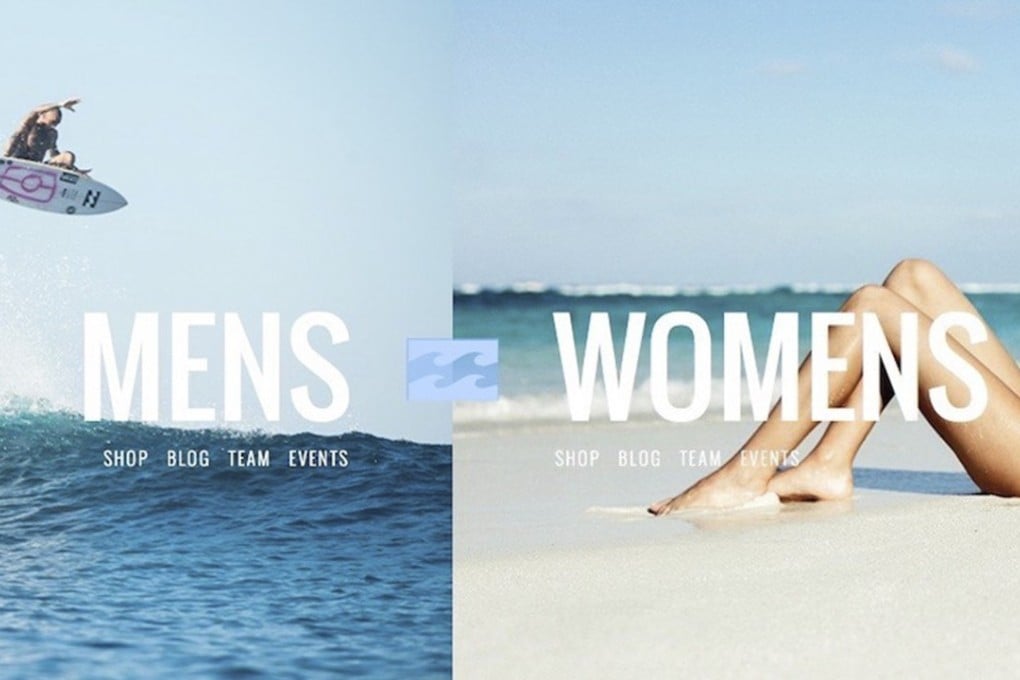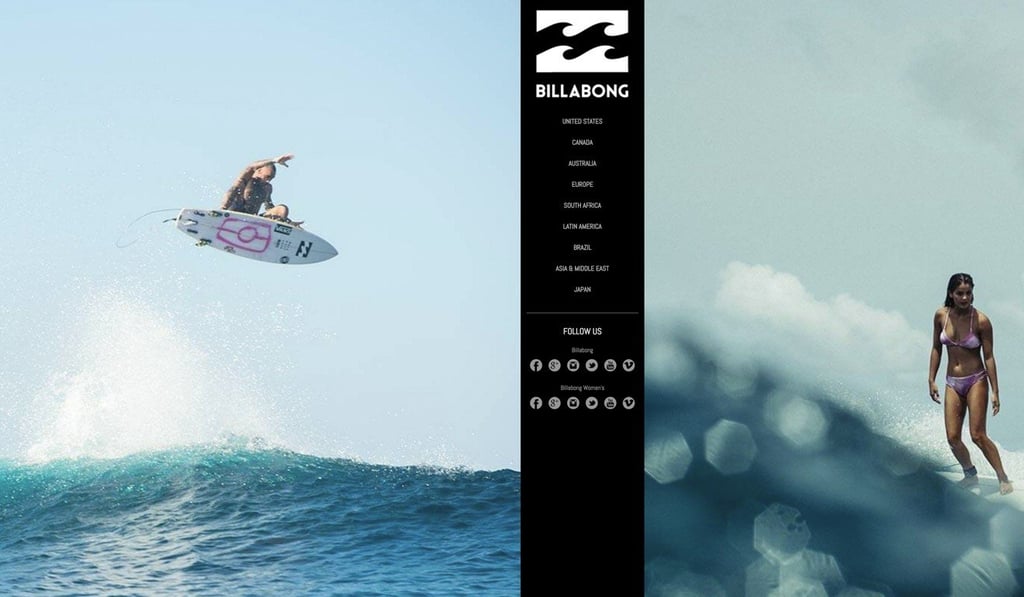Six examples of Mad Men-style sexism and gender stereotyping in modern ads
Sexist advertising was the norm in the 1960s, but 50 years on and it seems that things have not really changed. Here are some examples that angered the online community

Swim and surf brand Billabong made the wrong kind of waves last month with two ads on its US website, one showing a man doing an impressive leap over a gigantic wave; the other showing a bikini-clad woman sitting seductively on the beach.
Sexism still sells: why Hong Kong lags behind in portrayal of gender stereotypes, and what we can do
Karen Knowlton, who drew attention to the adverts in Women 2.0, wrote: “Man as subject, shredding waves. Woman as object, back arched and head dropped back for ultimate titillating effect on the viewer. This doesn’t even pretend to be an image of a woman having fun on the beach, actually enjoying her beautiful body in the perfect swimsuit. It’s just straight objectification ... This kind of imagery impacts the psyche of women and girls far beyond whatever marketing moron you entrusted your site to could even imagine.”


In July German carmaker Audi was criticised for its advert on the mainland that compared women to second-hand cars. The ad shows a wedding interrupted by the groom’s mother, who examines the bride’s teeth and behind her ears. Satisfied, the mother walks off, giving the betrothed couple an OK sign. The mother then signals that she forgot to check the bride’s breasts. An Audi car is then shown with the voice over: “An important decision must be made carefully.”
Audi advert likening women to used cars backfires in China
Unsurprisingly, social media buzzed with complaints, not just about sexism but about cultural stereotypes. “Has Audi lost its mind to compare women to second-hand cars,” said one comment on Sina Weibo. “Withdraw the video from the internet and apologise in public!” said another.
